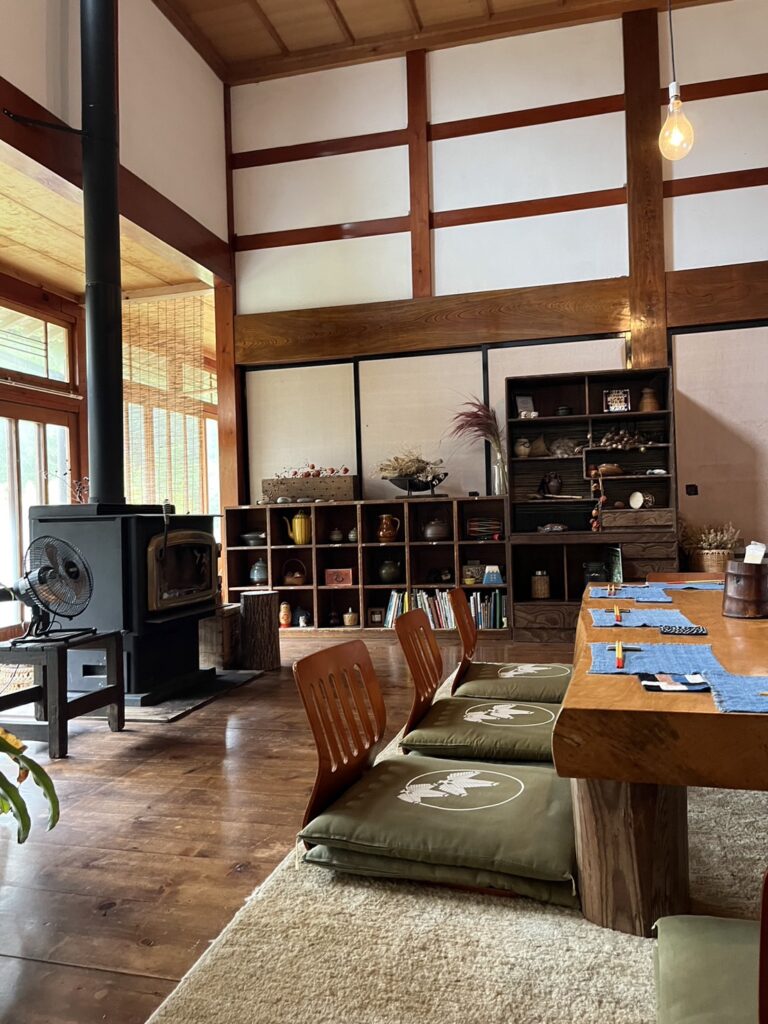Hello everyone! I’m Moeha,currently doing internship at Wawo Japan travel. I’ll be joining the team full-time starting next June.
Our company was invited the FAM tour in Sado Island,Niigata from September 27th – 28th, which theme of “Experiencing the World Heritage(Agriculture and Culture) of Sado Island”.
This FAM tour was held with the aim of creating new contents to improve tourist satisfaction, in response to the launch of Toki Air’s direct flight between Sado Airport and Narita Airport next year, which is expected to attract more tourists to Sado Island.
The tour included a wealth of content that allowed visitors to enjoy the food, traditional culture, and nature of Sado Island. Sado Island is registered as a World Agricultural Heritage site, serving as an excellent example of sustainable agriculture and community development, where crops are grown using environmentally friendly farming methods to protect biodiversity. At Restaurant Soba Mozaemon (Mozem), visitors enjoyed ‘bukkake,’ a Sado-style dish of handmade buckwheat noodles served with soba-tsuyu (buckwheat sauce with fish broth). They also relished dishes made with locally grown vegetables and seasonal fish from Sado Island. Sado Island, with its rich seasonal changes, is also characterized by a variety of fruits such as apples and mandarin oranges. At Fruit Cafe Saito, run by a local farmer, we indulged in parfaits made with fresh fruit and savored the delicacies unique to the season.



Sado Island’s traditional culture is characterized by three distinct features: the aristocratic culture brought by exiled nobles and intellectuals, the samurai culture introduced by officials and administrators from Edo period due to the development of mines, and the merchant culture brought by traders and sailors via the Kitamae ships which traveled between Osaka and Hokkaido. During the tour, we experienced these cultures through activities such as powerful performances centered around traditional Japanese drums against the backdrop of the sea and sunset, enjoying Kodo drum performances, visiting the historical port town of Shukunegi that prospered as a port of call for Kitamae ships, and riding the traditional ‘tarai-bune’ boats like tub-boat used in local fishing. It was impressive to see the local people taking pride in their traditional culture and making efforts to preserve it. I felt the importance of not only offering tourists opportunities to experience activities but also fostering interactions with the local community within the tour.


I also savored the breathtaking views of the terraced rice fields and the sea from the lookout point at Iwakubi Shoryu Terraced Rice Fields, which sprawl across the mountains at an elevation of over 350 meters. Afterward, I ventured into the town to relish cycling amidst the expansive rice fields, fully immersing myself in the natural beauty of Sado Island.
I have come to appreciate the charm and beauty of Sado Island through this FAM tour. I would like to incorporate the experiences I had into our further tour.
